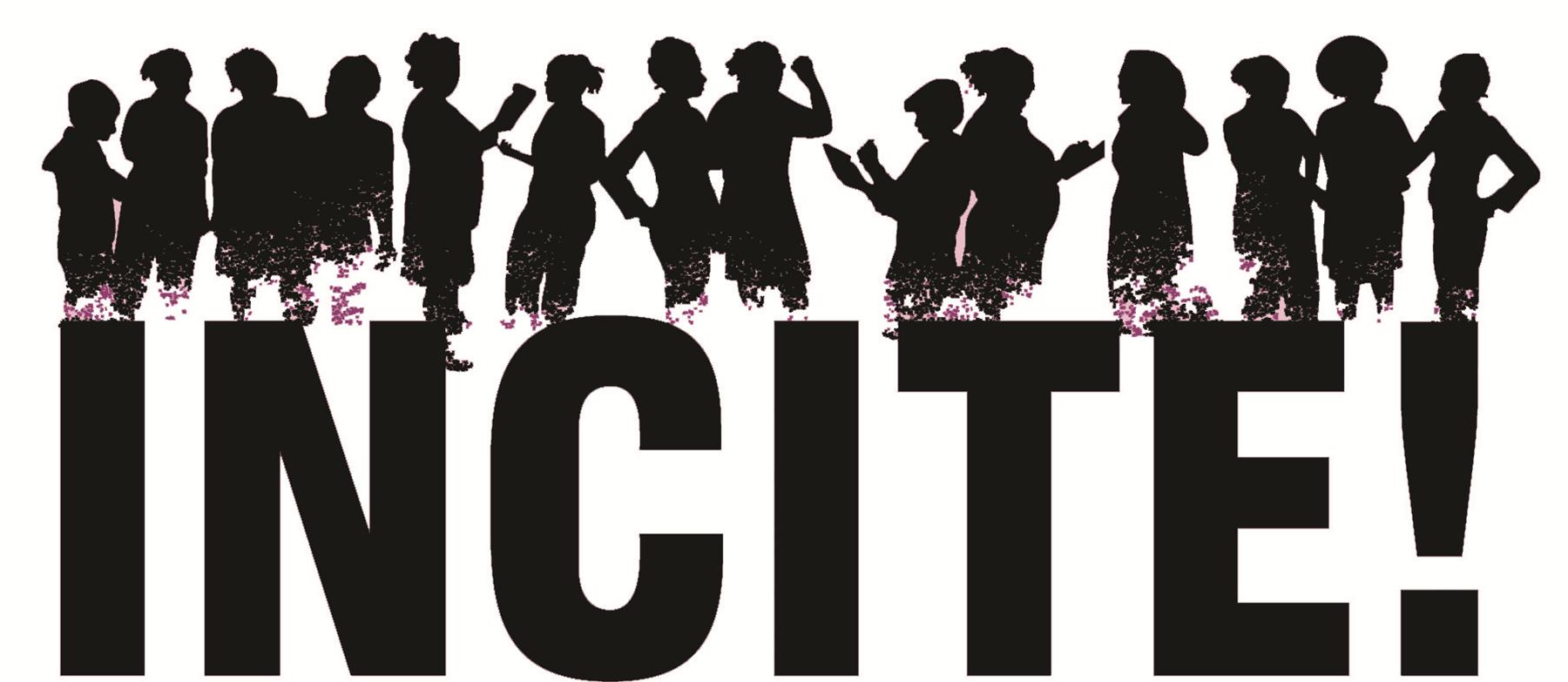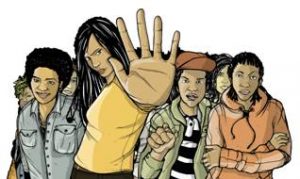Stop Law Enforcement Violence
Why a project on law enforcement violence?
Yet since the arrival of European colonists on this continent and the creation of slave patrols — the first state-sponsored law enforcement agencies in the U.S. — Native, Black, Latina, Asian, and Arab women and girls have been and continue to be harassed, profiled, strip searched, body cavity searched, raped, beaten, and murdered by agents of the state on a systematic basis. Such abuses remain widespread and entrenched across the country, in the context of the “war on drugs,” policing of sex and sex work, the “war of terror,” “quality of life,” “zero tolerance” and “broken windows” policing.
In addition to breaking the silence around law enforcement violence against women of color and trans people of color, we focus on violence by police and other law enforcement agents for two main reasons:
- First, to foreground the central role of law enforcement in the prison-industrial complex – they represent the front lines of the criminal injustice system, and are often primarily responsible for determining who will be targeted for heightened surveillance and policing, enforcing systemic oppressions based on race, gender, gender identity and expression, sexual orientation, immigration status, class and ability, and feeding people into the prison-industrial complex.
- Second, because mainstream responses to violence against women have relied almost exclusively on the police to protect us from violence, when in fact, police not only often fail to protect women of color and trans folks of color from interpersonal and community violence, they often perpetrate further violence against us, including when responding to calls for help.
What is “law enforcement violence”?
We use the term “law enforcement violence” to reflect an analysis that includes police brutality by local, state and federal police, as well as immigration enforcement officers, Border Patrol, private security, and military forces. We use the terms “police brutality” and “law enforcement violence” alternatively to mean the same thing.
We focus on law enforcement violence experienced by women of color and trans people of color of all genders because we recognize that law enforcement agents police race and gender simultaneously, and deem gender non-conformity, be it through acts or expression, a sign of disorder to be punished. As the political group TransJustice asserts, “Gender policing, like race-based policing, has always been part of this nation’s bloody history.”
We integrate an analysis of militarism because of the close collaboration between military and police forces in the “U.S.” and abroad, which involves sharing tactics, personnel, equipment, and targets, which include women and trans people of color at home and around the world.
Stop law enforcement violence against women of color & trans people of color!
Building on the Critical Resistance-INCITE! Statement on Gender Violence and the Prison Industrial Complex, which calls on social justice movements to develop strategies and analysis that address both state and interpersonal violence, in 2005 INCITE! launched a national project on law enforcement violence against women of color and transgender people of color, and in 2008, we published a toolkit on how to resist law enforcement violence against women of color and trans people of color.
We have brought together national and local groups working on police brutality as it impacts women and trans people of color to develop the project, and, in collaboration with our partners at Critical Resistance,Creative Interventions, The October 22nd Coalition, Prison Moratorium Project, BlackOut, Southwest Youth Collaborative, Audre Lorde Project, FIERCE!, Coalición de Derechos Humanos, Sex Workers’ Project, Community United Against Violence (CUAV), Sylvia Rivera Law Project, Communities Against Rape & Abuse (CARA), Young Women’s Empowerment Project, Research For Revolution (RFR), and INCITE! chapter members, we have put together a toolkit for organizers working to address police brutality and violence against women and trans people of color. Check it out – we’d love your feedback!
INCITE! organizes to:
- call attention to the urgent (though often invisible) problem to law enforcement violence against women of color and trans people of color
- collect stories from women of color and transgender people of color about their experiences with law enforcement violence to use as further evidence of how gender- and race-based oppression are used to target us
- build strong national networks among women of color and trans people of color organizers to strengthen our ongoing work addressing violence
- advocate for and develop community-based alternative responsesto addressing domestic and sexual violence so that survivors are not forced to rely on police and prisons
- make critical partnerships with groups organizing against police brutality and prisons to support a critical gender analysis when considering what police and prison violence looks like and how to end it; and with groups addressing “violence against women,” such as anti-domestic violence and anti-rape organizations, to use a critical race analysis and expand our notion of “violence against women” to include state-sponsored violence such as law enforcement violence
- make connections between all kinds of law enforcement (including local and state police; immigration enforcement such as ICE, Border Patrol, and Customs; Drug Enforcement Agents; the FBI; private security agents; and military forces) so that we better understand
- how local police collaborate with immigration police
- how local police are often trained by military forces
- how U.S. neighborhoods are actually occupied by military forces (such as in post-Katrina New Orleans)
- how military violence abroad is connected to police and military violence in the U.S.
- how private security contractors play a critical role in the function and violence of law enforcement
- make connections between gender-policing and gender violence targeting transgender people of color and non-trans women of color
Get involved!
Share your story as a women of color and trans person of color who has experienced violence from law enforcement. Organize with a national network of women of color and trans people of color to connect and strengthen our work on law enforcement violence and community accountability. Document violence by police, immigration officers, customs, drug enforcement agents, and the military against women of color and trans people of color using interviews, video, and other forms of participatory action research (PAR). Please e-mail usor contact us for more information.
Build coalitions between anti-police brutality/prison, immigrant rights, LGBT, and anti-violence grups to prioritize police brutality against women of color and trans people of color. For an example of coalitional work, visit the Critical Resistance-INCITE! Statement on Gender Violence and The Prison Industrial Complex.
Investigate ideas and tools for organizing community-based responses to violence in our homes and communities, such as domestic violence and sexual violence, so that we do not have to rely on police and prisons to create safety in our communities.
Collectively resist violence by law enforcement agents through base-building and direct action.
Resources
- Download anti-police violence organizing tool kit that has organizing tools and fact sheets for organizers who want to continue to develop this work.
- Distribute more detailed 8.5×28.5 anti-police violence brochure/poster in your community to help share the analysis of law enforcement violence against women and trans people of color as a critical intersection of gender violence and state violence. You can download the brochure, or contact us if you’d like to order pre-printed brochures for distribution in your community.

